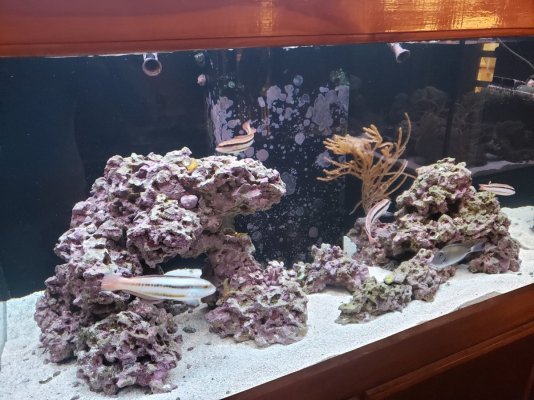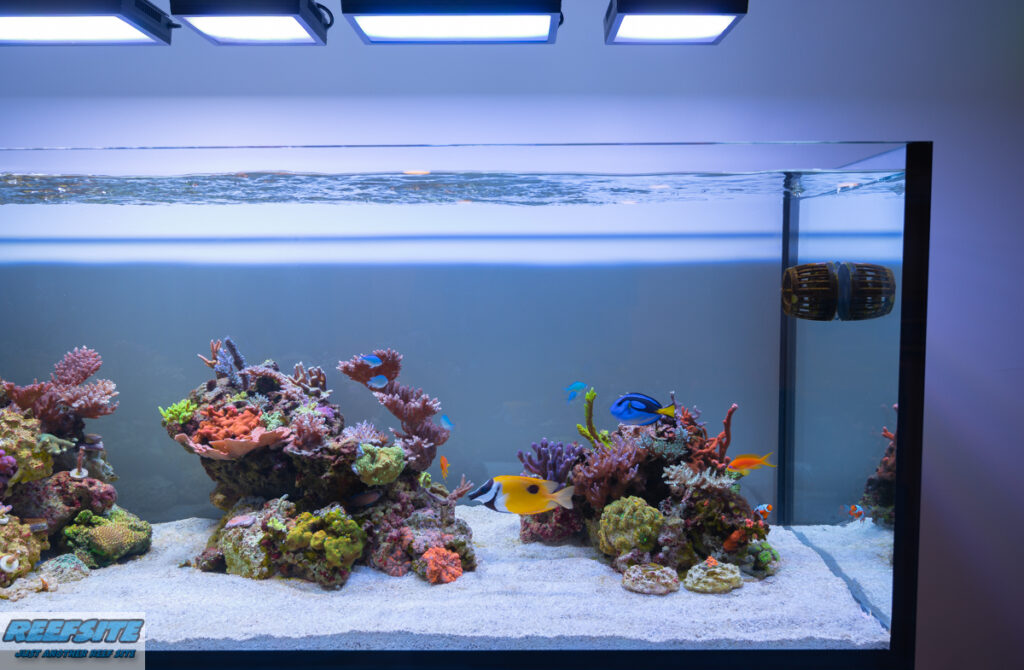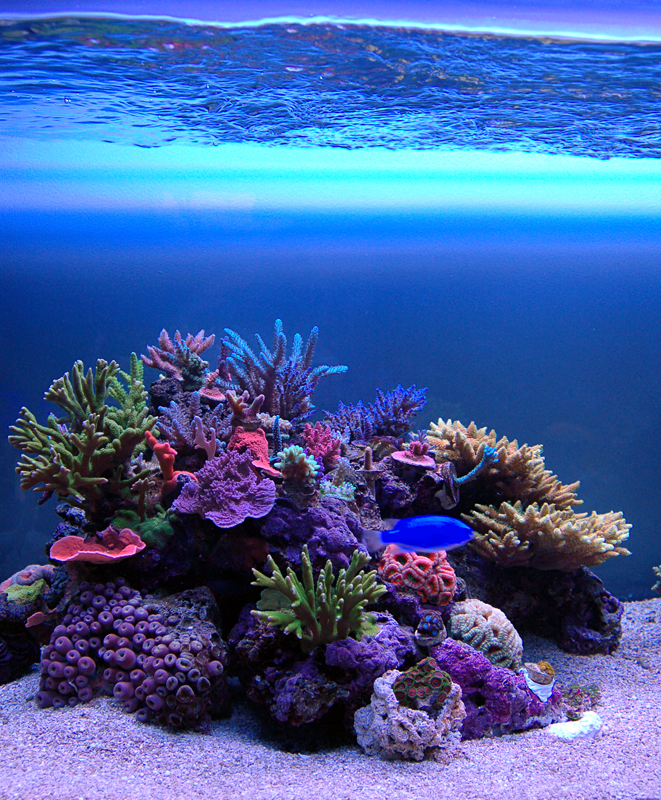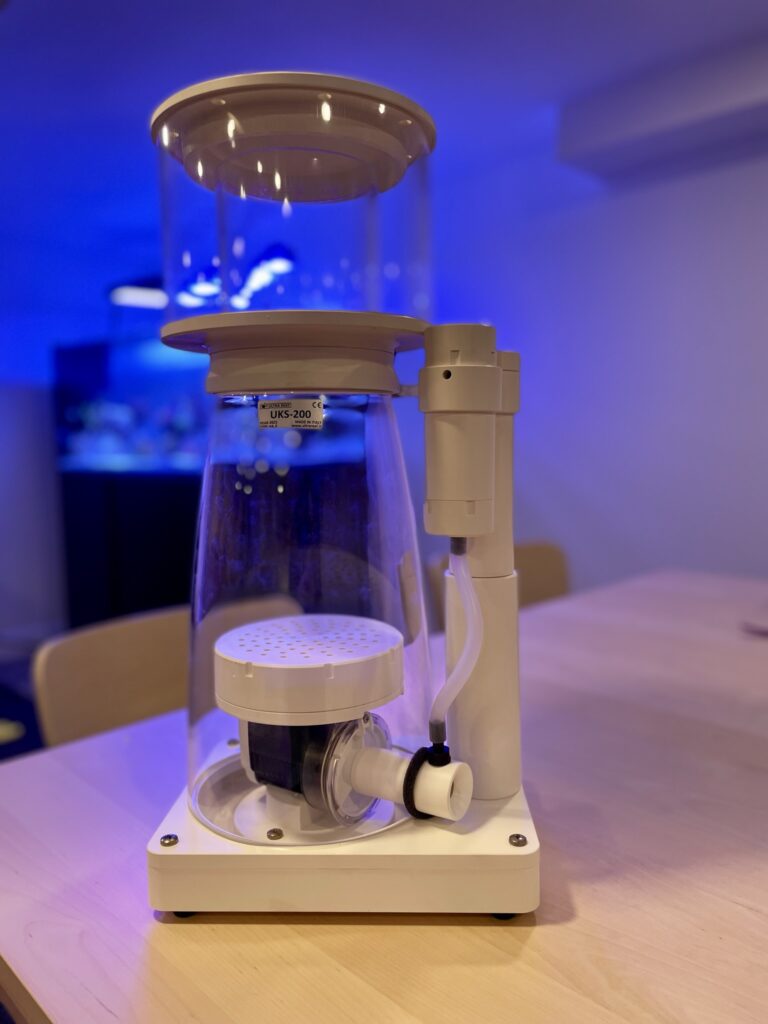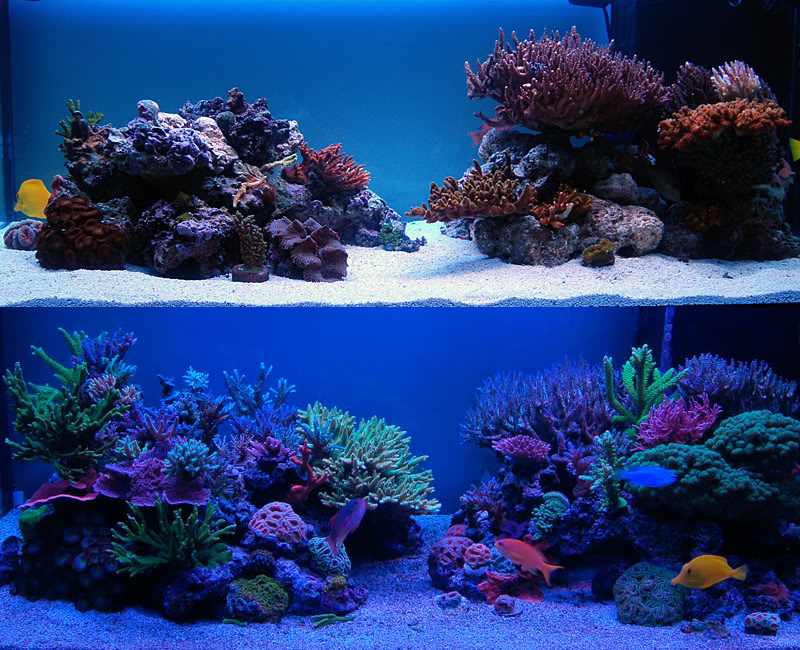- Joined
- Feb 8, 2016
- Messages
- 200
- Reaction score
- 100
@SunnyX
So I’ve been doing carbon dosing for about a month now. NOPOX but also have tropic marin Elim and bacto balance to replace it.
I’ve had an issue come up in all my filters. I recall this issue in the past with biopellets. Essentially. The filter sponges around system and other pumps ext get a film and build up really fast. They then clog and require cleanings much more frequently. Like once every 6 months to once every 2 weeks. Is this an interim problem or ?
Also do you have issues with zoas as mine are not happy about it.
So I’ve been doing carbon dosing for about a month now. NOPOX but also have tropic marin Elim and bacto balance to replace it.
I’ve had an issue come up in all my filters. I recall this issue in the past with biopellets. Essentially. The filter sponges around system and other pumps ext get a film and build up really fast. They then clog and require cleanings much more frequently. Like once every 6 months to once every 2 weeks. Is this an interim problem or ?
Also do you have issues with zoas as mine are not happy about it.




